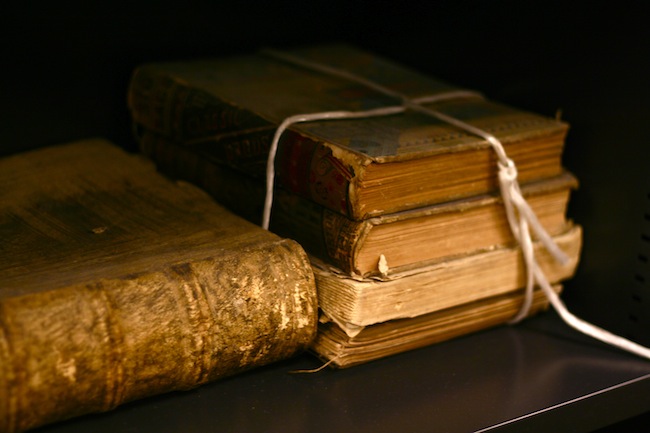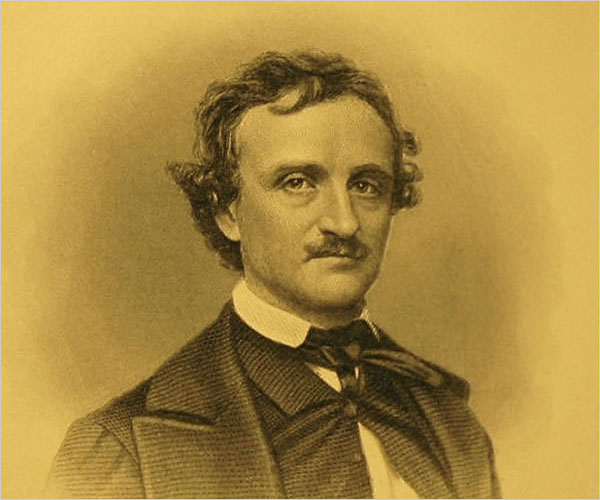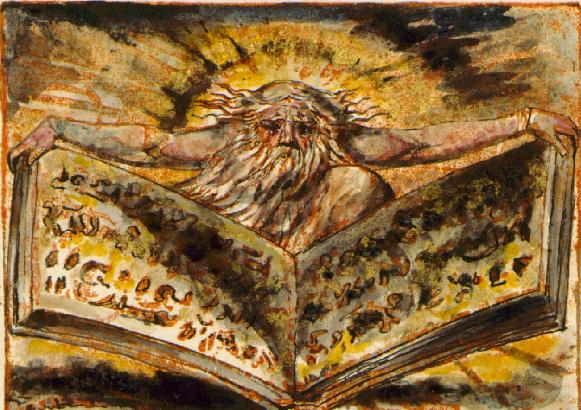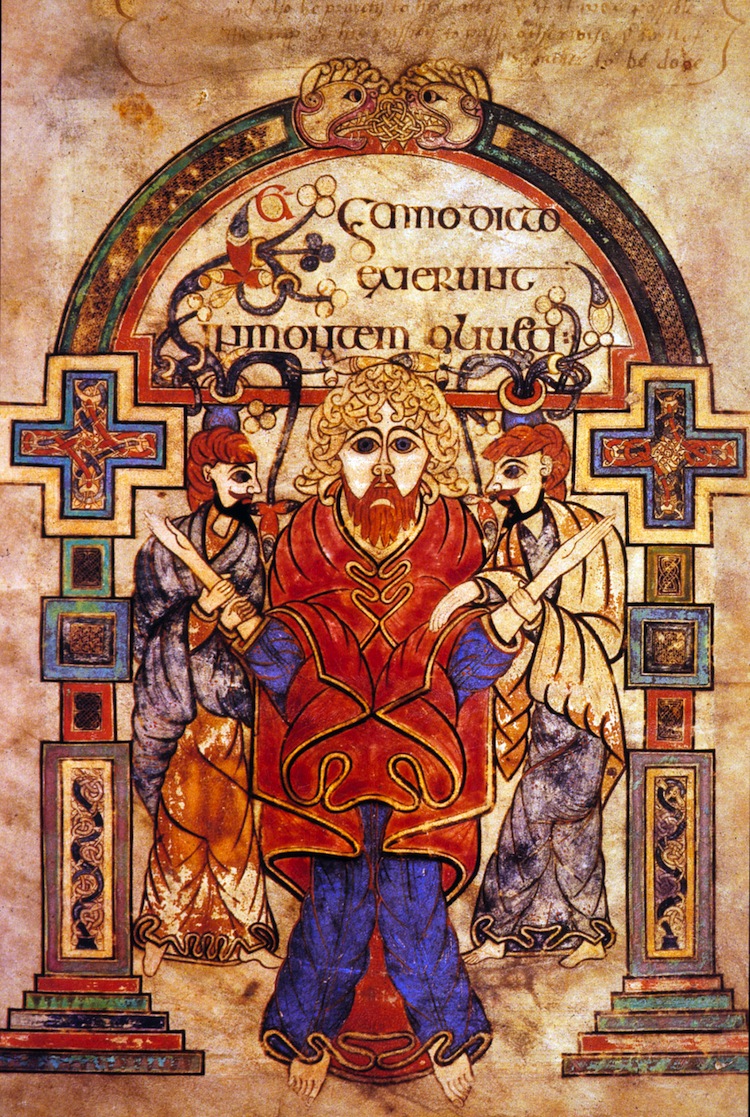Literary theory and literary criticism are interpretive tools that help us think more deeply and insightfully about the literature that we read. Over time, different schools of literary criticism have developed, each with its own approaches to the act of reading.
Schools of Interpretation
Cambridge School (1920s–1930s): A group of scholars at Cambridge University who rejected historical and biographical analysis of texts in favor of close readings of the texts themselves.
Chicago School (1950s): A group, formed at the University of Chicago in the 1950s, that drew on Aristotle’s distinctions between the various elements within a narrative to analyze the relation between form and structure. Critics and Criticisms: Ancient and Modern (1952) is the major work of the Chicago School.
Deconstruction (1967–present): A philosophical approach to reading, first advanced by Jacques Derrida that attacks the assumption that a text has a single, stable meaning. Derrida suggests that all interpretation of a text simply constitutes further texts, which means there is no “outside the text” at all. Therefore, it is impossible for a text to have stable meaning. The practice of deconstruction involves identifying the contradictions within a text’s claim to have a single, stable meaning, and showing that a text can be taken to mean a variety of things that differ significantly from what it purports to mean.
Feminist criticism (1960s–present): An umbrella term for a number of different critical approaches that seek to distinguish the human experience from the male experience. Feminist critics draw attention to the ways in which patriarchal social structures have marginalized women and male authors have exploited women in their portrayal of them. Although feminist criticism dates as far back as Mary Wollstonecraft’s A Vindication of the Rights of Woman (1792) and had some significant advocates in the early 20th century, such as Virginia Woolf and Simone de Beauvoir, it did not gain widespread recognition as a theoretical and political movement until the 1960s and 1970s.
Psychoanalytic criticism: Any form of criticism that draws onpsychoanalysis, the practice of analyzing the role of unconscious psychological drives and impulses in shaping human behavior or artistic production. The three main schools of psychoanalysis are named for the three leading figures in developing psychoanalytic theory: Sigmund Freud, Carl Jung, and Jacques Lacan.
- Freudian criticism (c. 1900–present): The view of art as the imagined fulfillment of wishes that reality denies. According to Freud, artists sublimate their desires and translate their imagined wishes into art. We, as an audience, respond to the sublimated wishes that we share with the artist. Working from this view, an artist’s biography becomes a useful tool in interpreting his or her work. “Freudian criticism” is also used as a term to describe the analysis of Freudian images within a work of art.
- Jungian criticism (1920s–present): A school of criticism that draws on Carl Jung’s theory of the collective unconscious, a reservoir of common thoughts and experiences that all cultures share. Jung holds that literature is an expression of the main themes of the collective unconscious, and critics often invoke his work in discussions of literary archetypes.
- Lacanian criticism (c. 1977–present): Criticism based on Jacques Lacan’s view that the unconscious, and our perception of ourselves, is shaped in the “symbolic” order of language rather than in the “imaginary” order of prelinguistic thought. Lacan is famous in literary circles for his influential reading of Edgar Allan Poe’s “The Purloined Letter.”
Marxist criticism: An umbrella term for a number of critical approaches to literature that draw inspiration from the social and economic theories of Karl Marx. Marx maintained that material production, or economics, ultimately determines the course of history, and in turn influences social structures.These social structures, Marx argued, are held in place by the dominant ideology, which serves to reinforce the interests of the ruling class. Marxist criticism approaches literature as a struggle with social realities and ideologies.
- Frankfurt School (c. 1923–1970): A group of German Marxist thinkers associated with the Institute for Social Research in Frankfurt. These thinkers applied the principles of Marxism to a wide range of social phenomena, including literature. Major members of the Frankfurt School include Theodor Adorno, Max Horkheimer, Walter Benjamin, Herbert Marcuse, and Jürgen Habermas.
New Criticism (1930s–1960s): Coined in John Crowe Ransom’s The New Criticism (1941), this approach discourages the use of history and biography in interpreting a literary work. Instead, it encourages readers to discover the meaning of a work through a detailed analysis of the text itself. This approach was popular in the middle of the 20th century, especially in the United States, but has since fallen out of favor.
New Historicism (1980s–present): An approach that breaks down distinctions between “literature” and “historical context” by examining the contemporary production and reception of literary texts, including the dominant social, political, and moral movements of the time. Stephen Greenblatt is a leader in this field, which joins the careful textual analysis of New Criticism with a dynamic model of historical research.
New Humanism (c. 1910–1933): An American movement, led by Irving Babbitt and Paul Elmer More, that embraced conservative literary and moral values and advocated a return to humanistic education.
Post-structuralism (1960s–1970s): A movement that comprised, among other things, Deconstruction, Lacanian criticism, and the later works of Roland Barthes and Michel Foucault. It criticized structuralism for its claims to scientific objectivity, including its assumption that the system of signs in which language operates was stable.
Queer theory (1980s–present): A “constructivist” (as opposed to “essentialist”) approach to gender and sexuality that asserts thatgender roles and sexual identity are social constructions rather than an essential, inescapable part of our nature. Queer theory consequently studies literary texts with an eye to the ways in which different authors in different eras construct sexual and gender identity. Queer theory draws on certain branches of feminist criticism and traces its roots to the first volume of Michel Foucault’s History of Sexuality (1976).
Russian Formalism (1915–1929): A school that attempted a scientific analysis of the formal literary devices used in a text. The Stalinist authorities criticized and silenced the Formalists, but Western critics rediscovered their work in the 1960s. Ultimately, the Russian Formalists had significant influence on structuralism and Marxist criticism.
Structuralism (1950s–1960s): An intellectual movement that made significant contributions not only to literary criticism but also to philosophy, anthropology, sociology, and history. Structuralist literary critics, such as Roland Barthes, read texts as an interrelated system ofsigns that refer to one another rather than to an external “meaning” that is fixed either by author or reader. Structuralist literary theory draws on the work of the Russian Formalists, as well as the linguistic theories of Ferdinand de Saussure and C. S. Peirce.
Literary Terms and Theories
Literary theory is notorious for its complex and somewhat inaccessible jargon. The following list defines some of the more commonly encountered terms in the field.
Anxiety of influence: A theory that the critic Harold Bloom put forth inThe Anxiety of Influence: A Theory of Poetry (1973). Bloom uses Freud’s idea of the Oedipus complex (see below) to suggest that poets, plagued by anxiety that they have nothing new to say, struggle against the influence of earlier generations of poets. Bloom suggests that poets find their distinctive voices in an act of misprision, or misreading, of earlier influences, thus refiguring the poetic tradition. Although Bloom presents his thesis as a theory of poetry, it can be applied to other arts as well.
Canon: A group of literary works commonly regarded as central or authoritative to the literary tradition. For example, many critics concur that the Western canon—the central literary works of Western civilization—includes the writings of Homer, Shakespeare, Tolstoy, and the like. A canon is an evolving entity, as works are added or subtracted as their perceived value shifts over time. For example, the fiction of W. Somerset Maugham was central to the canon during the middle of the 20th century but is read less frequently today. In recent decades, the idea of an authoritative canon has come under attack, especially from feminist and postcolonial critics, who see the canon as a tyranny of dead white males that marginalizes less mainstream voices.
Death of the author: A post-structuralist theory, first advanced by Roland Barthes, that suggests that the reader, not the author, creates the meaning of a text. Ultimately, the very idea of an author is a fiction invented by the reader.
Diachronic/synchronic: Terms that Ferdinand de Saussure used to describe two different approaches to language. The diachronicapproach looks at language as a historical process and examines the ways in which it has changed over time. The synchronic approach looks at language at a particular moment in time, without reference to history. Saussure’s structuralist approach is synchronic, for it studies language as a system of interrelated signs that have no reference to anything (such as history) outside of the system.
Dialogic/monologic: Terms that the Russian critic Mikhail Bakhtin used to distinguish works that are controlled by a single, authorial voice (monologic) from works in which no single voice predominates(dialogic or polyphonic). Bakhtin takes Leo Tolstoy and Fyodor Dostoevsky as examples of monologic and dialogic writing, respectively.
Diegesis/Mimesis: Terms that Aristotle first used to distinguish “telling” (diegesis) from “showing” (mimesis). In a play, for instance, most of the action is mimetic, but moments in which a character recounts what has happened offstage are diegetic.
Discourse: A post-structuralist term for the wider social and intellectual context in which communication takes place. The implication is that the meaning of works is as dependent on their surrounding context as it is on the content of the works themselves.
Exegesis: An explanation of a text that clarifies difficult passages and analyzes its contemporary relevance or application.
Explication: A close reading of a text that identifies and explains the figurative language and forms within the work.
Hermeneutics: The study of textual interpretation and of the way in which a text communicates meaning.
Intertextuality: The various relationships a text may have with other texts, through allusions, borrowing of formal or thematic elements, or simply by reference to traditional literary forms. The term is important to structuralist and poststructuralist critics, who argue that texts relate primarily to one another and not to an external reality.
Linguistics: The scientific study of language, encompassing, among other things, the study of syntax, semantics, and the evolution of language.
Logocentrism: The desire for an ultimate guarantee of meaning, whether God, Truth, Reason, or something else. Jacques Derrida criticizes the bulk of Western philosophy as being based on a logocentric “metaphysics of presence,” which insists on the presence of some such ultimate guarantee. The main goal of deconstruction is to undermine this belief.
Metalanguage: A technical language that explains and interprets the properties of ordinary language. For example, the vocabulary of literary criticism is a metalanguage that explains the ordinary language of literature. Post-structuralist critics argue that there is no such thing as a metalanguage; rather, they assert, all language is on an even plane and therefore there is no essential difference between literature and criticism.
Metanarrative: A larger framework within which we understand historical processes. For instance, a Marxist metanarrative sees history primarily as a history of changing material circumstances and class struggle. Post-structuralist critics draw our attention to the ways in which assumed met narratives can be used as tools of political domination.
Mimesis: Seediegesis/mimesis,above.
Monologic: Seedialogic/monologic,above.
Narratology: The study of narrative, encompassing the different kinds of narrative voices, forms of narrative, and possibilities of narrative analysis.
Oedipus complex: Sigmund Freud’s theory that a male child feels unconscious jealousy toward his father and lust for his mother. The name comes from Sophocles’ play Oedipus Rex, in which the main character unknowingly kills his father and marries his mother. Freud applies this theory in an influential reading of Hamlet, in which he sees Hamlet as struggling with his admiration of Claudius, who fulfilled Hamlet’s own desire of murdering Hamlet’s father and marrying his mother.
Semantics: The branch of linguistics that studies the meanings of words.
Semiotics or semiology: Terms for the study of sign systems and the ways in which communication functions through conventions in sign systems. Semiotics is central to structuralist linguistics.
Sign/signifier/signified: Terms fundamental to Ferdinand de Saussure’s structuralism linguistics. A sign is a basic unit of meaning—a word, picture, or hand gesture, for instance, that conveys some meaning. A signifier is the perceptible aspect of a sign (e.g., the word “car”) while the signified is the conceptual aspect of a sign (e.g., the concept of a car). A referent is a physical object to which a sign system refers (e.g., the physical car itself).
Synchronic: Seediachronic/synchronicabove.




















